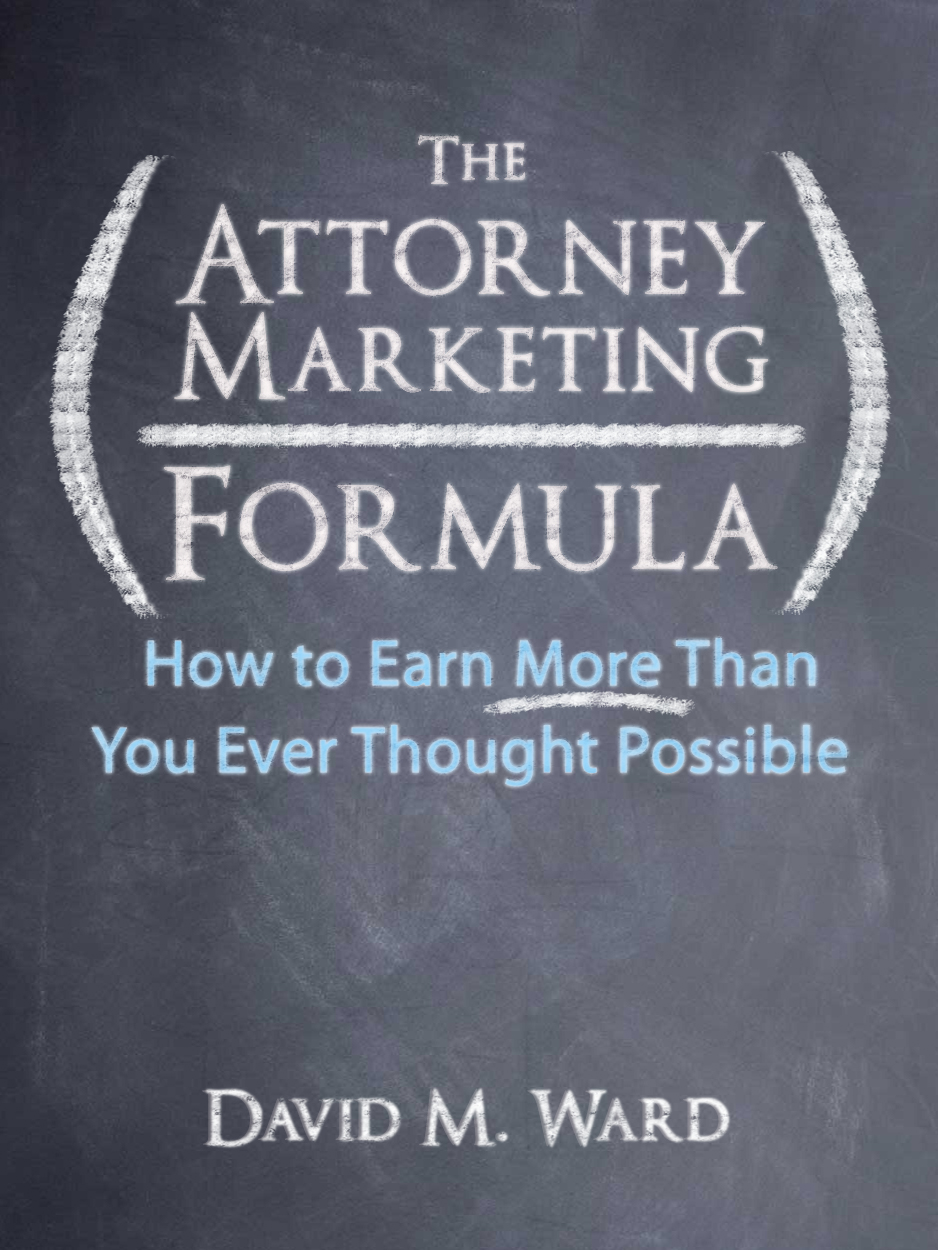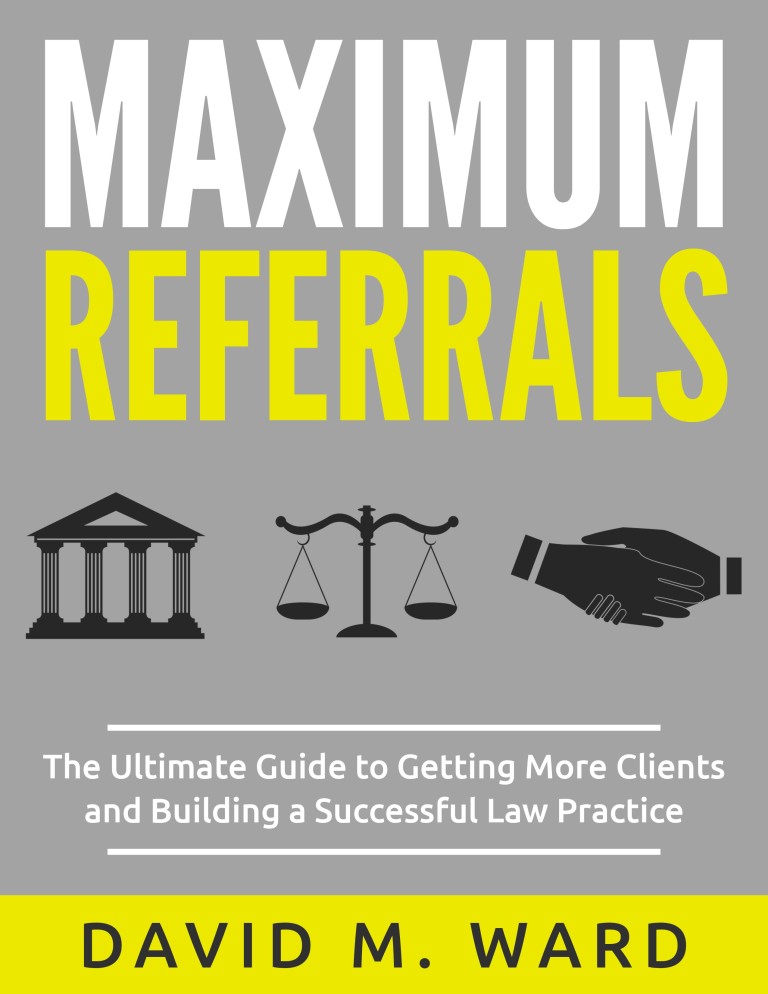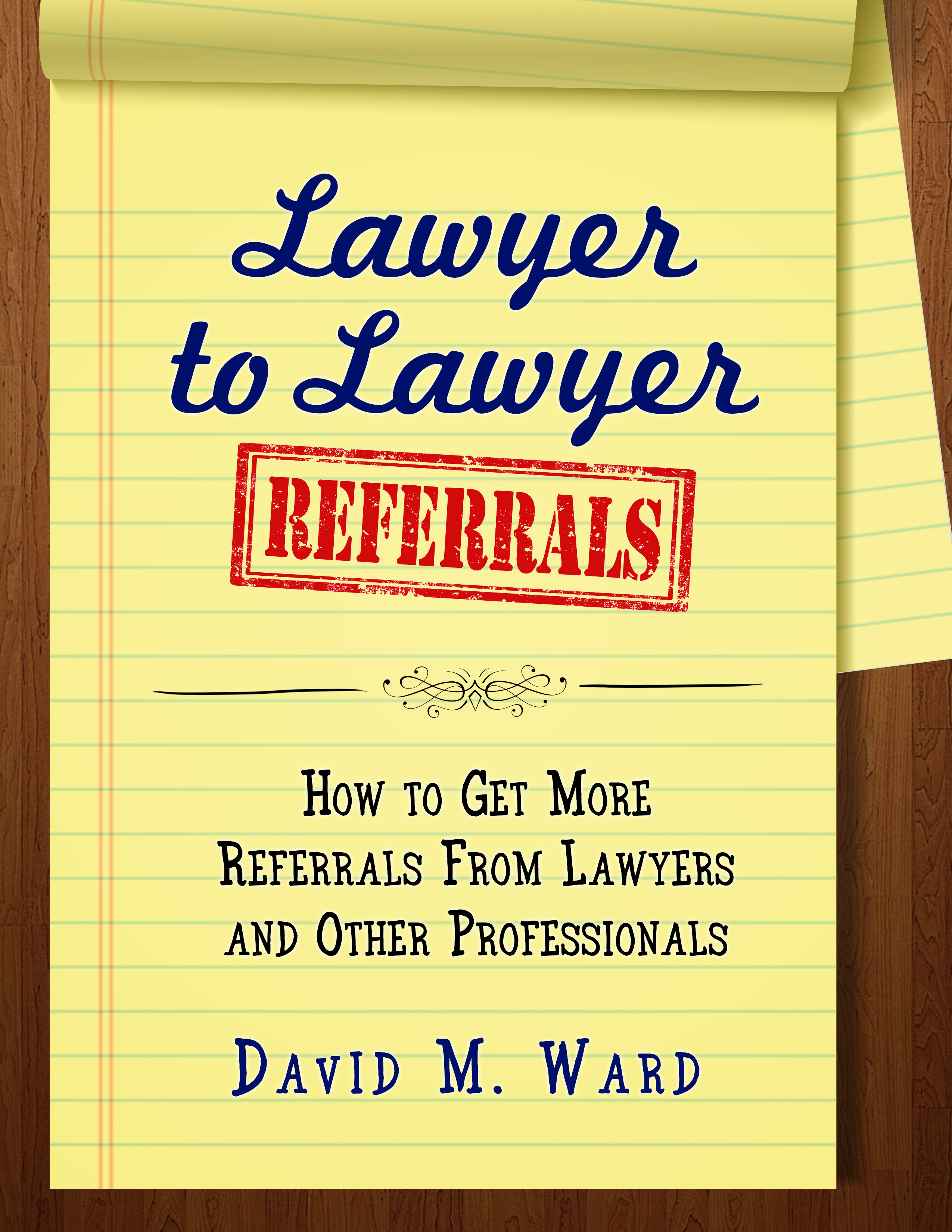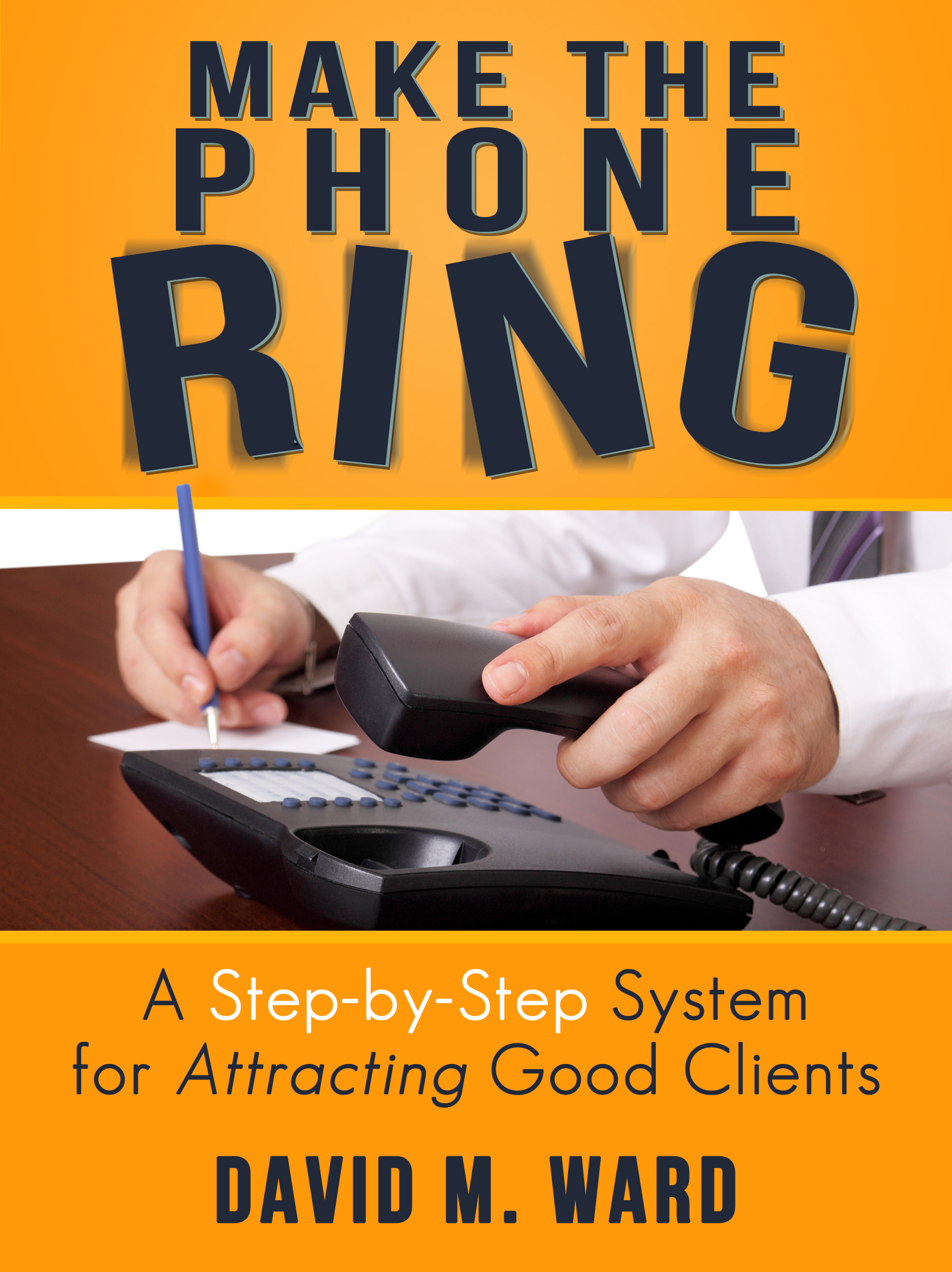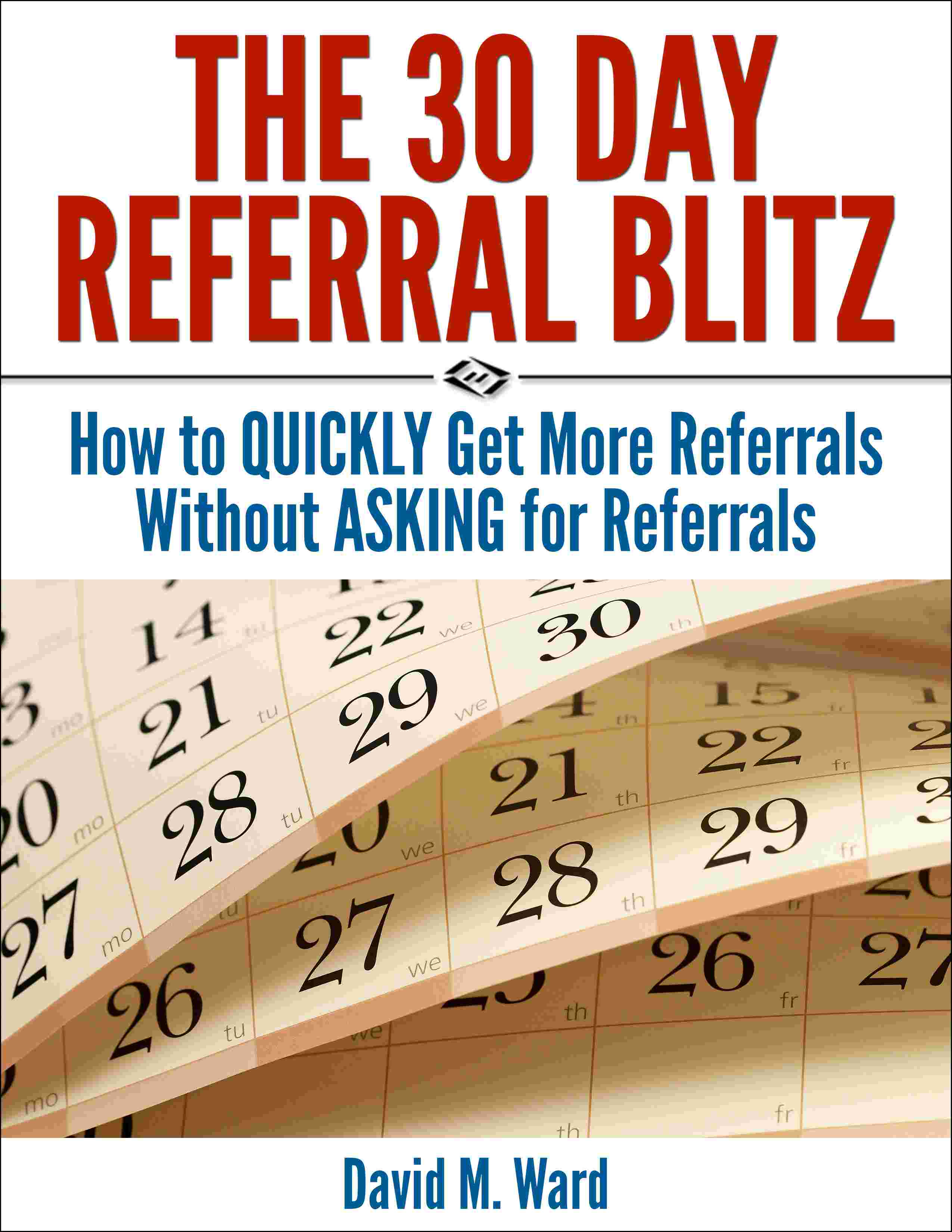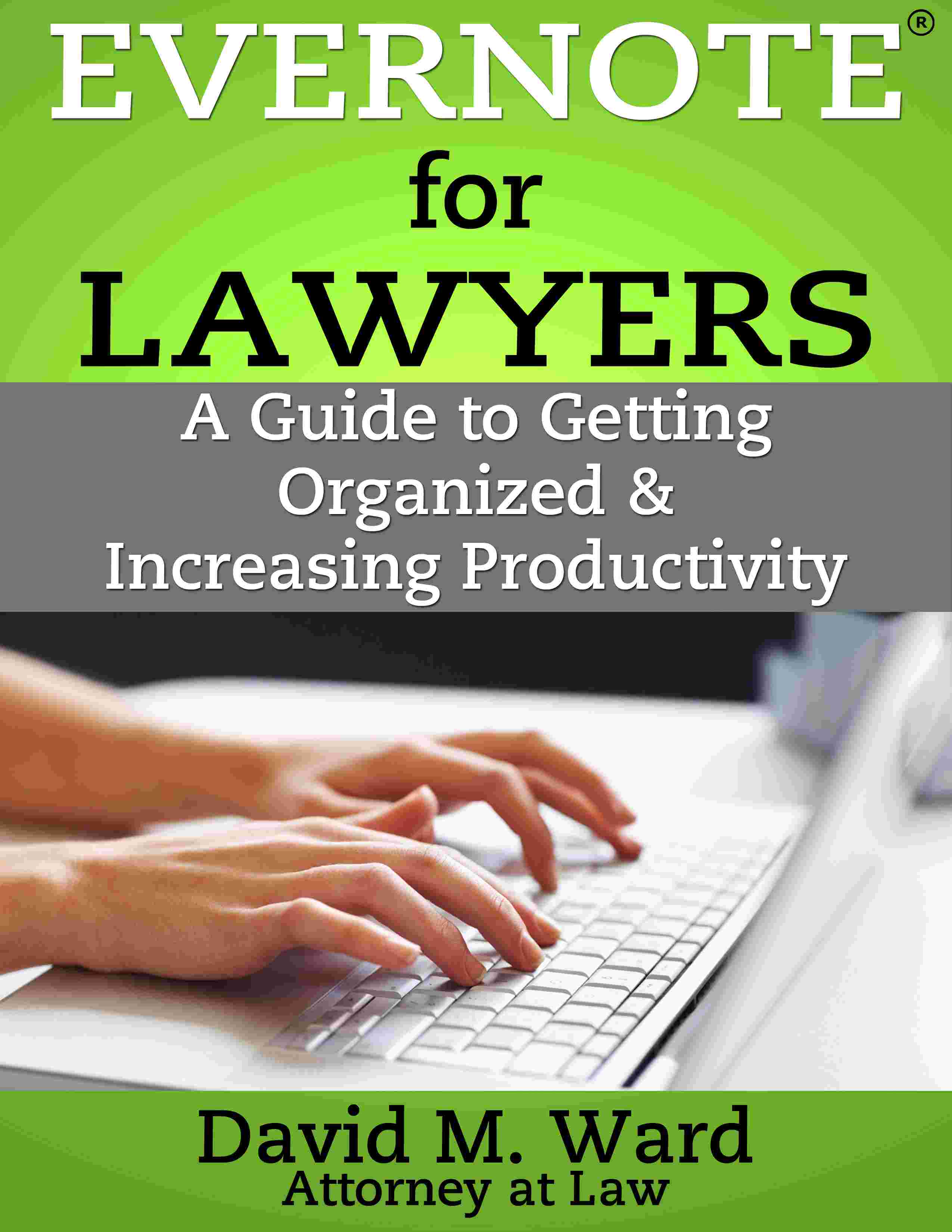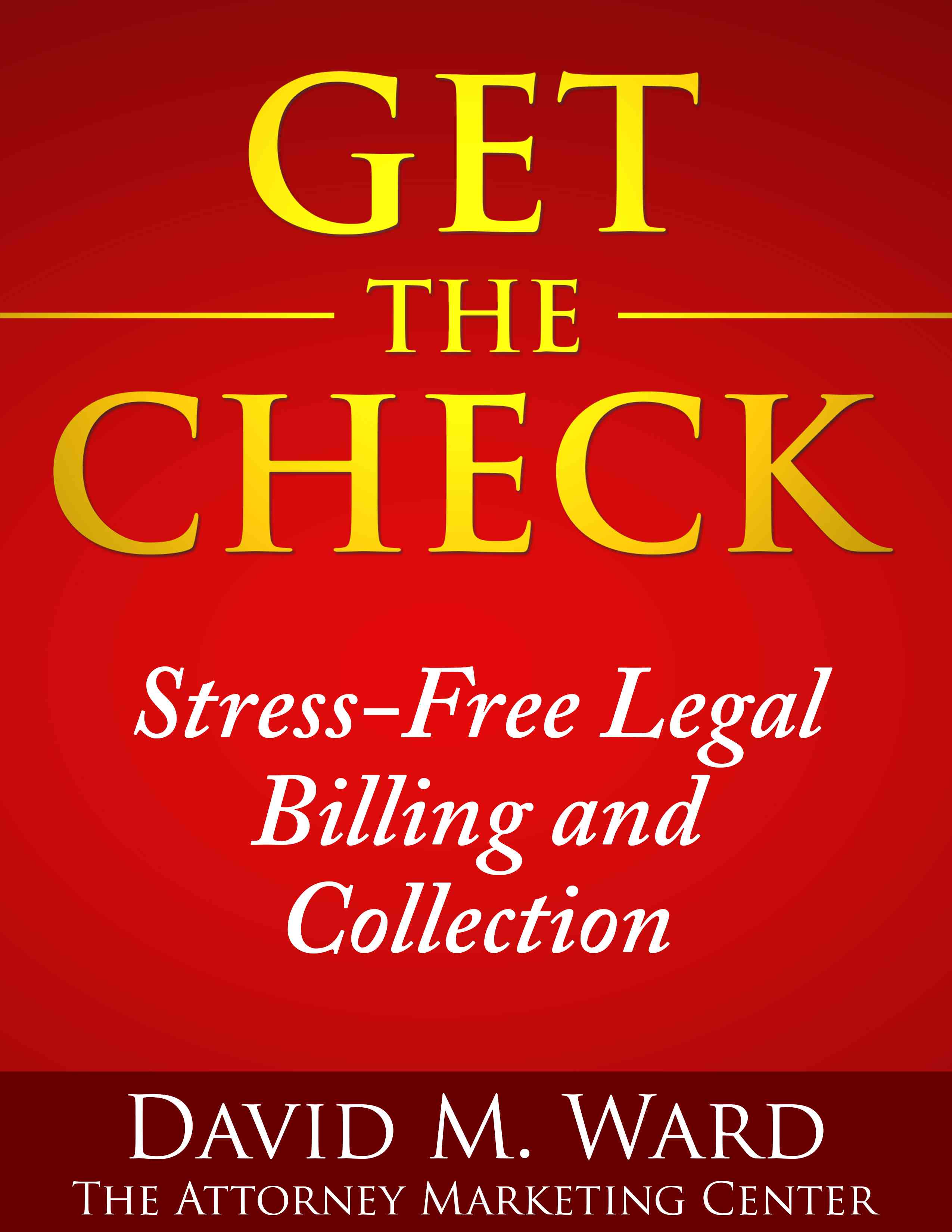Everyone has their favorite time management system. Except those who don’t. Many people don’t have any system. They look at the choices and conclude that they’re too complicated or, ironically, too time-consuming to use.
Others, try lots of systems and are never satisfied, so they keep looking.
If you don’t have a system that’s right for you, or if you don’t have any system at all, I want to present to you the simplest time management system in the world.
There are three parts to this system:
(1) Write down everything.
Get it out of your head and on paper or in some kind of electronic list. I use Evernote, but there are many alternatives.
What’s important is that you have a place to go to see all of the tasks and projects you have to do, want to do, or might one day consider doing, and that place is not in your head.
(2) Use a calendar.
Anything that is time-oriented–due dates, start dates, appointments, reminders–should be recorded on your calendar. If there is a specific time when it must be done, like an appointment or a conference call, record the time. If not, and you’re using an electronic calendar, record it as an “all day†event.
The key is to only record things you actually intend to do. As David Allen says, the calendar is “sacred territoryâ€. If it’s on the calendar, you do it.
Of course throughout your day you need to look at your calendar to see what’s on it. You can also set up electronic reminders if you want.
(3) Ask yourself THIS question every day.
So the first two elements of this system are nothing new. I’m pretty sure every time management system uses them. Where things get complicated is with what happens next.
Time management systems use many different ways to categorize and prioritize the items on your master list. They uses tags and codes and allow you to put things in different boxes or on different sub-lists. If these work for you, use them. If they don’t, once a day, ask yourself one simple question:
“What are the most important things I need to do today?â€
Write these on a separate list. These tasks are your “most important tasks†for the day. If you get these done, your day will be successful, even if they are the only things you do that day.
You don’t need to complete a lot of tasks to make it a successful day, as long as those tasks are important. I usually write down three “most important tasks†(MIT’s) for the day. Sometimes it’s just one or two, sometimes four or five. So the question I ask myself every day is, “What are the three most important things I need to do today?”
And that’s it. That’s the system. You look at your big list, decide what to do that day based on what’s important, and do them. You don’t do anything else on your list, or that comes up during the day, until you have done your “most important tasks†for the day.
What about the rest of your list? Forget about it. You’ll never get everything done and that’s okay. Let it go. Focus on getting the most important things done each day and when you’ve done that, you can go back to your list and choose additional tasks to do if you want to or you can call it a day.
Now, you may be wondering if this system requires you to read through your master list every day so you can choose your most important tasks. No. That’s too much. Reviewing your master list once a week is enough.
But here’s the thing. You probably already know what to put on your list of most important tasks for the day. At least your subconscious mind does. I’ll prove it.
Without looking at any lists or your calendar, ask yourself this question: “What is the most important thing I can do right now?â€
I’ll bet you had an answer.
That’s what you should do next. When it’s done, go ahead and ask yourself that question again.
Do you use Evernote? Have you read my ebook, Evernote for Lawyers?

